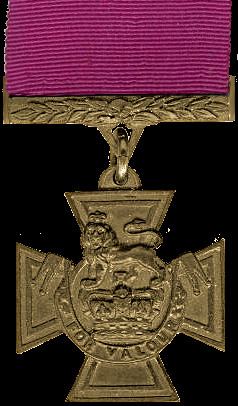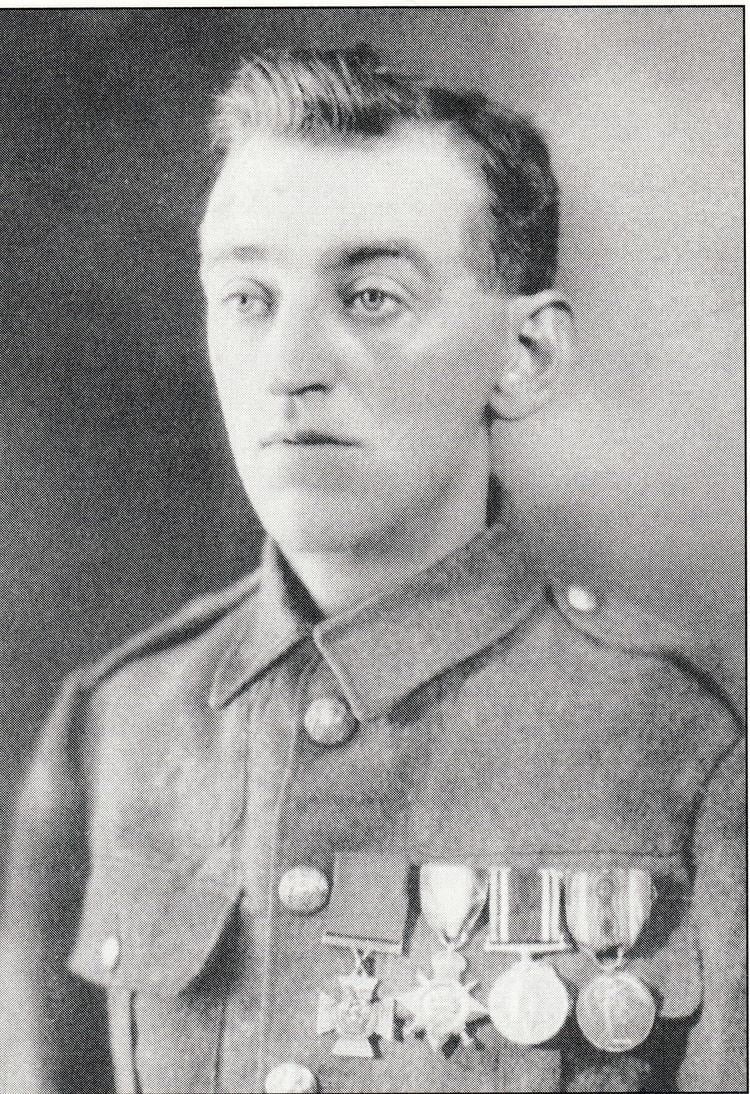Name George Stringer Battles and wars World War I | Rank Private Years of service 1905 - 1917 Role Armed force officer | |
 | ||
Buried at Philips Park Cemetery, Manchester (53°29′20.5″N 2°11′59″W / 53.489028°N 2.19972°W / 53.489028; -2.19972) Similar People Nureddin Pasha, Charles Vere Ferrers T, James Collis, Arthur Frederick Saunders | ||
George Stringer VC (24 July 1889 – 22 November 1957) from Newton Heath, Manchester was an English recipient of the Victoria Cross, the highest and most prestigious award for gallantry in the face of the enemy that can be awarded to British and Commonwealth forces.
Contents

Early life
Upon leaving school, George working for a local cloth dyer and bleacher. In 1905 he went on to join the Lancashire Fusilier Volunteers, a militia unit, and just before the outbreak of World War I he joined a territorial unit of the Manchester Regiment, then went on active duty with the 1st Battalion.
Military career
His unit fought in France until December 1915, then was posted to Mesopotamia in January 1916. He was awarded the VC for heroic actions during the Battle of Es Sinn on 8 March 1916. During the effort to relieve the besieged garrison of British and Indian Army troops at Kut-el-Amara.
His citation in the London Gazette read:
For most conspicuous bravery and determination. After the capture of an enemy position, he was posted on the extreme right of the Battalion in order to guard against any hostile attack. His battalion was subsequently forced back by an enemy counter-attack, but Private Stringer held his ground single-handed and kept back the enemy till all his hand-grenades were expended. His very gallant stand saved the flank of his battalion and rendered a steady withdrawal possible.
Three days later he saved the lives of two officers, for which he was Mentioned in Despatches and Serbia awarded him the Miloš Obilić Gold Medal for Bravery. Some time after this he was wounded and developed enteric fever and Jaundice and was returned to the UK in June 1917.
As a result of his wounds he was given a disability pension and a job as a doorkeeper with the Manchester Assistance Board which he kept until he retired at age 62, with time out during World War II for a stint as a munitions worker. At the age of 68 he died in the town of Oldham and later buried in Philips Park Cemetery, close to William Jones VC.
His medals are in the collection of the Museum Of The Manchester Regiment, Ashton-under-Lyne, Greater Manchester.
